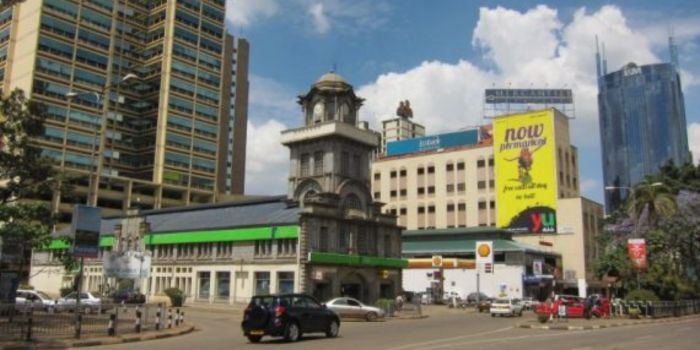Sardar Gurdit Singh Nayer is not a familiar name to many; however, he played a key role in erecting one of the most iconic buildings in Nairobi’s CBD—the Nayer Building, now known as Kipande House, which houses Kenya Commercial Bank (KCB) on Kenyatta Avenue.
Born in 1857, Nayer was a bank cashier at the Bank of India before setting sail for East Africa.
In 1889, at the age of 32, Nayer left his homeland in Punjab, India, and embarked on a 45-day journey across the Indian Ocean, eventually docking in Mombasa in search of business opportunities.
Nayer arrived in Kenya at a time when British colonists were about to begin construction of the ‘Lunatic Line’—a railway stretching across the colony from Mombasa to Port Florence, now known as Kisumu.
A black and white photo of Sardar Gurdit Singh Nayer
Photo
He then moved to Nairobi, where he established a furniture business using his savings. He was known as the first person in the country to import teak wood from Burma, and it was from this business that he further invested in building Kipande House in 1913.
At the time, the old Uganda Railway line passed near the building, parallel to the current Loita Street, and he leased it free of charge as a warehouse to the British government of the Kenya Colony during World War I.
For two decades during the colonial era, Kipande building was regarded as the tallest in the city.
It is among the few buildings in Nairobi that stand out for their antique design, representing colonial-era architecture, which makes it easy to identify.
This architectural masterpiece is a structure that holds a rich part of Kenyan history.
It was where all Kenyans were expected to go for registration and ultimate issuance of the Identification Card (also known in Swahili as Kipande) that influenced the building’s choice of name
The building also served as a temporary Sikh Gurudwara (place of worship) before Nayer contributed to the establishment of Gurudwara Bazaar in 1918, which is still preserved to this day.
Nayer passed away at the age of 75 in 1932, after earning himself a place in Kenya’s history and the Sikh community that he served selflessly.
An aerial Phot of the Kipande Building


